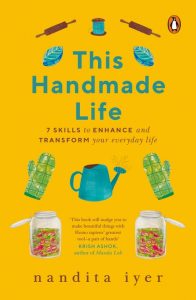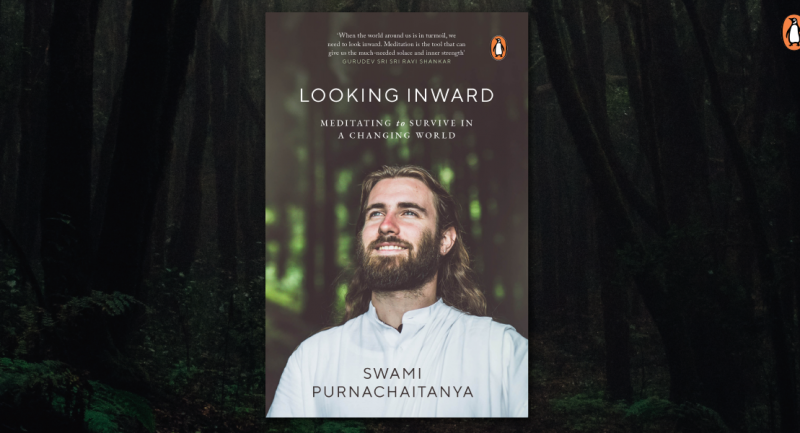
‘Fermentation and civilization are inseparable.’
—John Ciardi
If you’re curious about how fermentation works, or what it is, read an excerpt from This Handmade Life by Nandita Iyer!
“Where there is life, there is fermentation.

This Handmade Life
Nandita Iyer
Microorganisms are intimately related to human life. Unlike the womb, the birth canal is teeming with bacteria. The journey of a baby from the womb to the outside world through the birth canal gives it the first dose of microbes. The baby’s microbiome continues to be nurtured by the mother’s milk, which was earlier thought to be sterile. Breast milk also feeds the existing gut bacteria in the baby, kickstarting the baby’s fledgling immune and digestive systems. Our first brush with bacteria continues into the rest of our life, until death and beyond. A study was published in the Proceedings of the National Academy of Sciences on a fascinating census sorting all the life on earth by weight. The weight of bacteria on the planet is 1200 times more than the weight of all the humans on the planet. They are omnipresent, on our skin, inside our bodies and on the surface of all vegetables and fruits. When humans channelize the power of bacteria and fungi to benefit us, to add flavor to food and to modify food in a way we seek, it is called fermentation.
It is fairly simple, and you don’t need a degree in biochemistry to figure out how to ferment foods. By fermentation, we are harnessing the bacteria and yeast to do the cooking for us, pre-digesting food, creating flavors in a way we cannot do ourselves in the kitchen and providing more bioavailable nutrients.
Fermented foods are less prone to spoilage because harmful pathogens cannot survive in the acidic environment. It was used as a method to preserve food for longer when there was no access to refrigeration and other food preserving technology.
Using fermentation, we can make a variety of fermented beverages like whey sodas and ginger ales at home, reducing our dependence on artificially flavored and highly sugary drinks. These are not only low in sugar but have no artificial colors, preservatives or additives. Seasonal fruits, herbs, spices and pretty much any other natural produce can be used in these beverages. Homemade fermented beverages are also low in alcohol content, making a good replacement for alcoholic drinks for those who are keen to cut down on alcohol.
Eating fermented food regularly helps maintain a good gut microbiome. Gut bacteria play an important role in immunity, mental health, digestion, regulating blood sugar and cholesterol levels, and more. The majority of commercial ‘probiotic’ supplements don’t survive stomach acid. A thriving gut microbiome requires a regular intake of fermented foods and foods containing resistant starch (for example, raw papaya, plantain, beans and legumes, cooked and cooled rice or potatoes) that feed the good bacteria in the large intestine. Regular consumption of fermented foods also helps ease gut-related problems like acidity, bloating and poor digestion.
Homemade ferments have a microbial diversity that commercially made bottled fermented drinks lack, as they are inoculated with a set quantity of known strains. This is understandable as a fixed quantity of known microbes will give a predictable result and the standardization that commercial brands need. Fermentation makes vegetables fun. Raw carrots that are tooth-breakingly hard do very well with three days of lacto-fermentation. It is a great way to snack on carrots with hummus, or you can simply dice these and add them to salads for a beautiful flavor profile.
The brine can also be drunk diluted in water as a digestive beverage as it is full of beneficial bacteria. Fermentation is a step towards zero waste where excess produce can be preserved for longer or kitchen waste such as peels, pith and seeds of fruits like pineapple, mango, apples, etc. can be used to make sodas and vinegar.”
This Handmade Life is all about finding a passion and becoming really good at it. Divided into seven sections-baking, fermenting, self-care, kitchen gardening, soap-making, spices, and stitching-this book tells us it is all right to slow down and take up simple projects that bring us unadulterated joy. Get your copy of This Handmade Life today!









